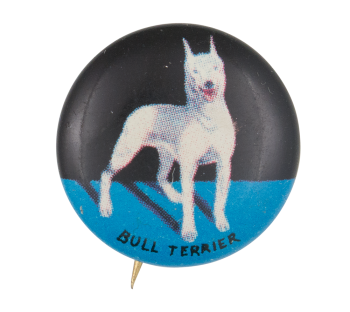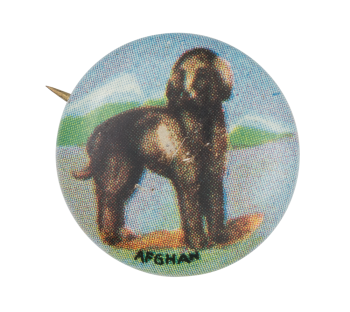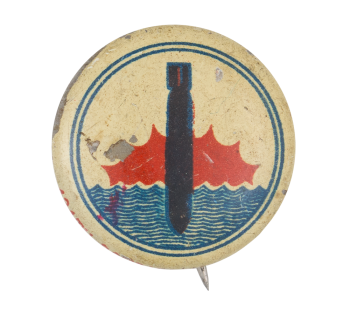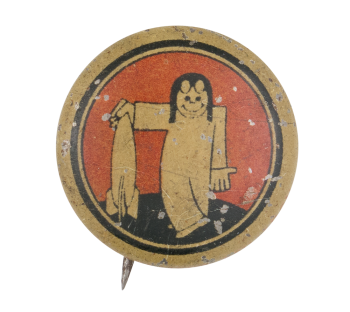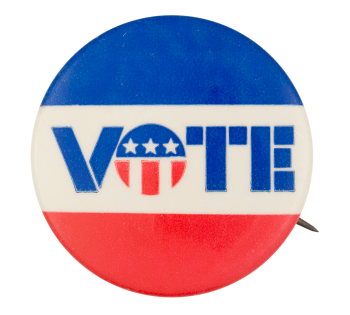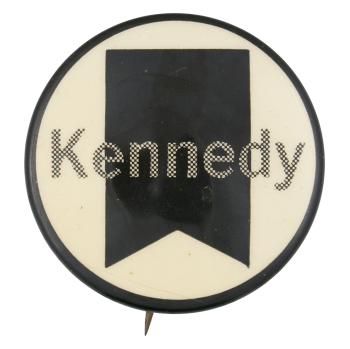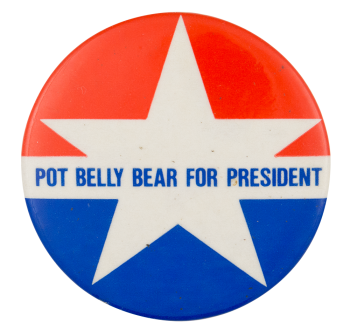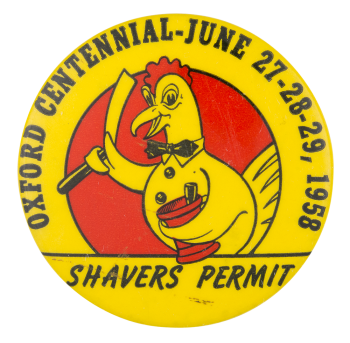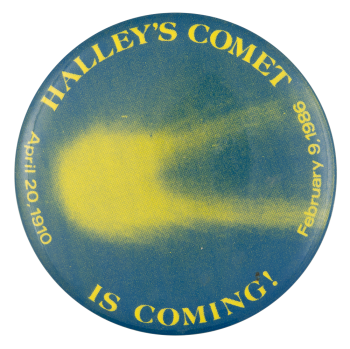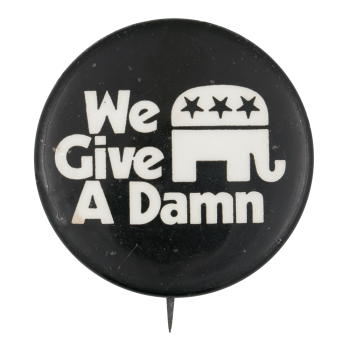Bull Terrier
| Category | |
|---|---|
| Additional Images | |
| Sub Categories | |
| Text on Button | BULL TERRIER |
| Image Description | Image of a white Bull Terrier with a black and blue background with black text along the bottom |
| Back Style | |
| The Shape | |
| The Size | |
| Year / Decade Made | |
| Additional Information | Known for its egg-shaped head, the Bull terrier breed dates back to 1835 and were originally used in dog-fighting rings. As time progressed, the breed became fashionable companions for proper gentlemen and was given the nicknames "White Cavalier" and "The Gentleman's Companion." In modern times, the breed is considered gentle and friendly in personality and have also been used as mascots in popular media. One example is from the late 1980s when Budweiser featured a series of commercials featuring a Bull terrier named Spuds Mackenzie. Spuds grin and on-screen high jinks helped further popularize the breed into fun and loving companions. This button is part of a larger set of 35 buttons, each with an illustration of a different dog breed. They were originally sold on a 6” x 9” cardboard sheet. |
| Catalog ID | AR0304 |

